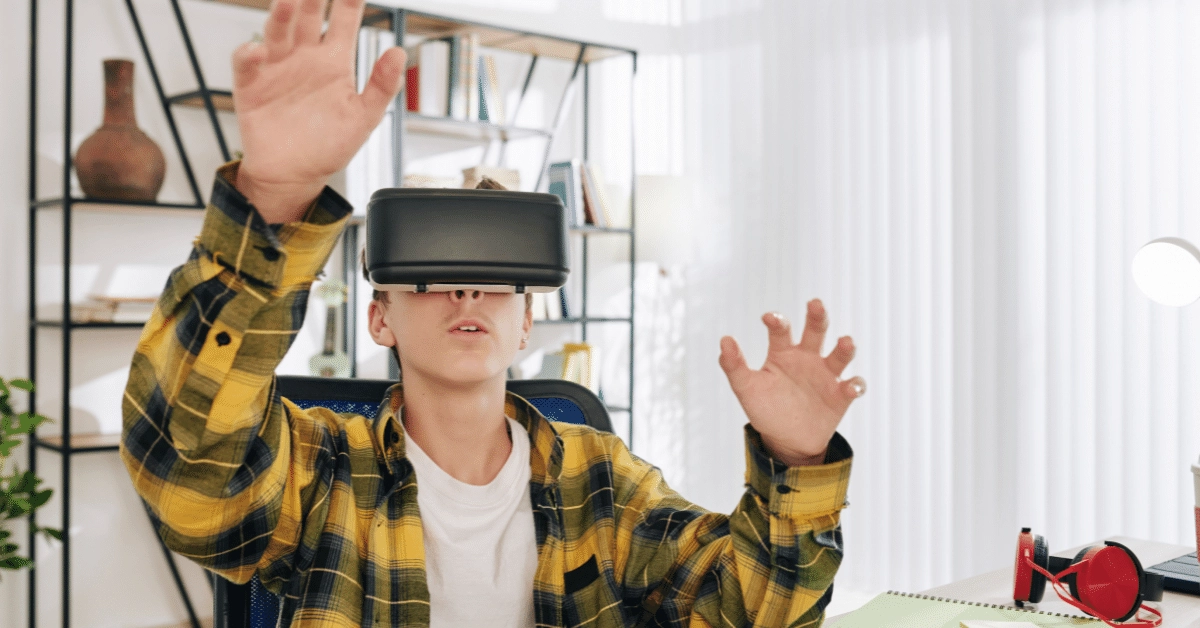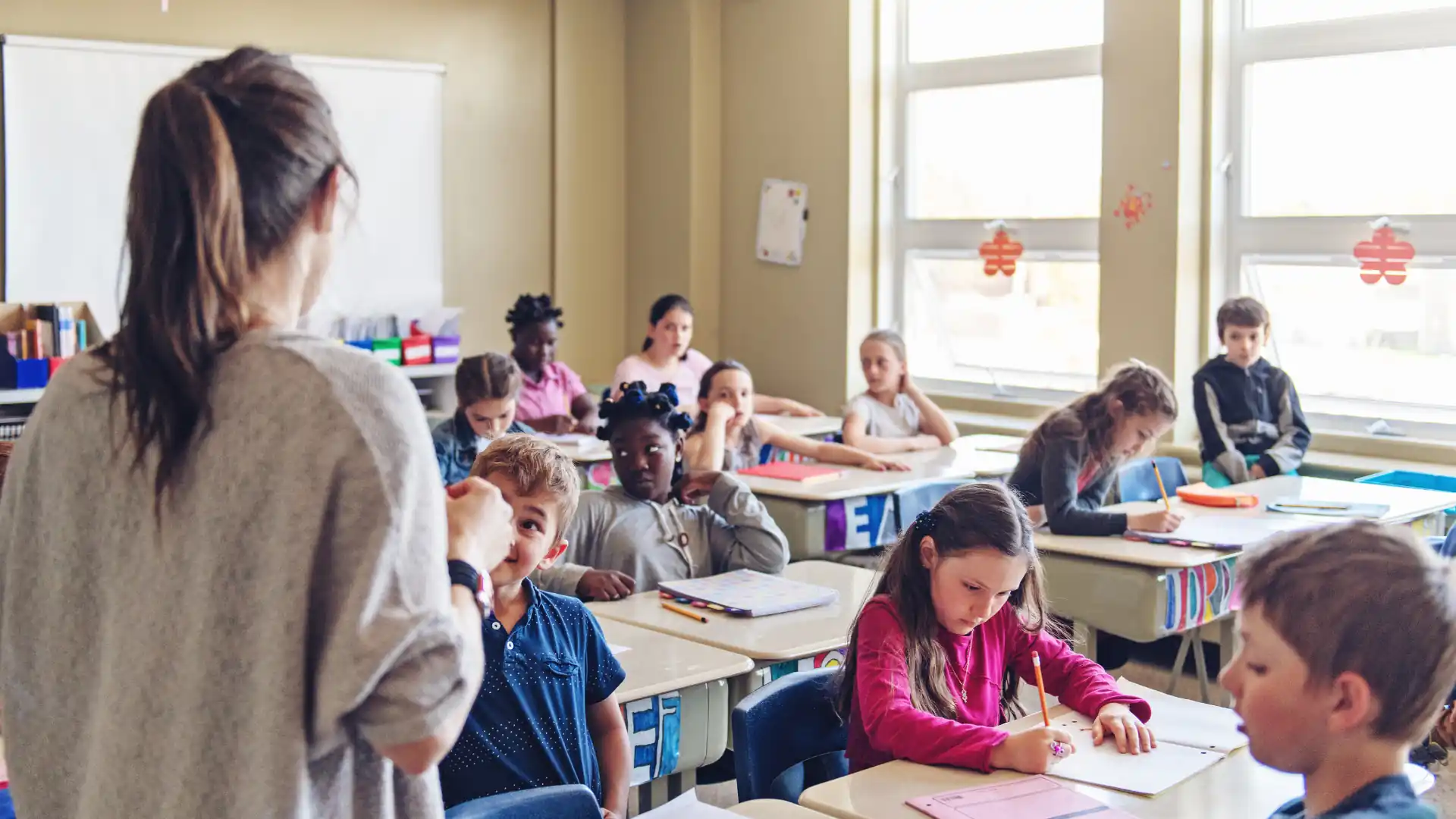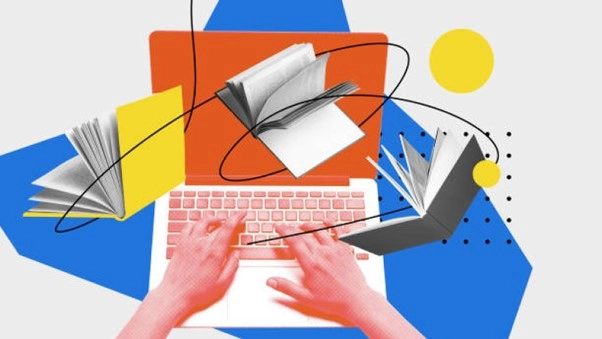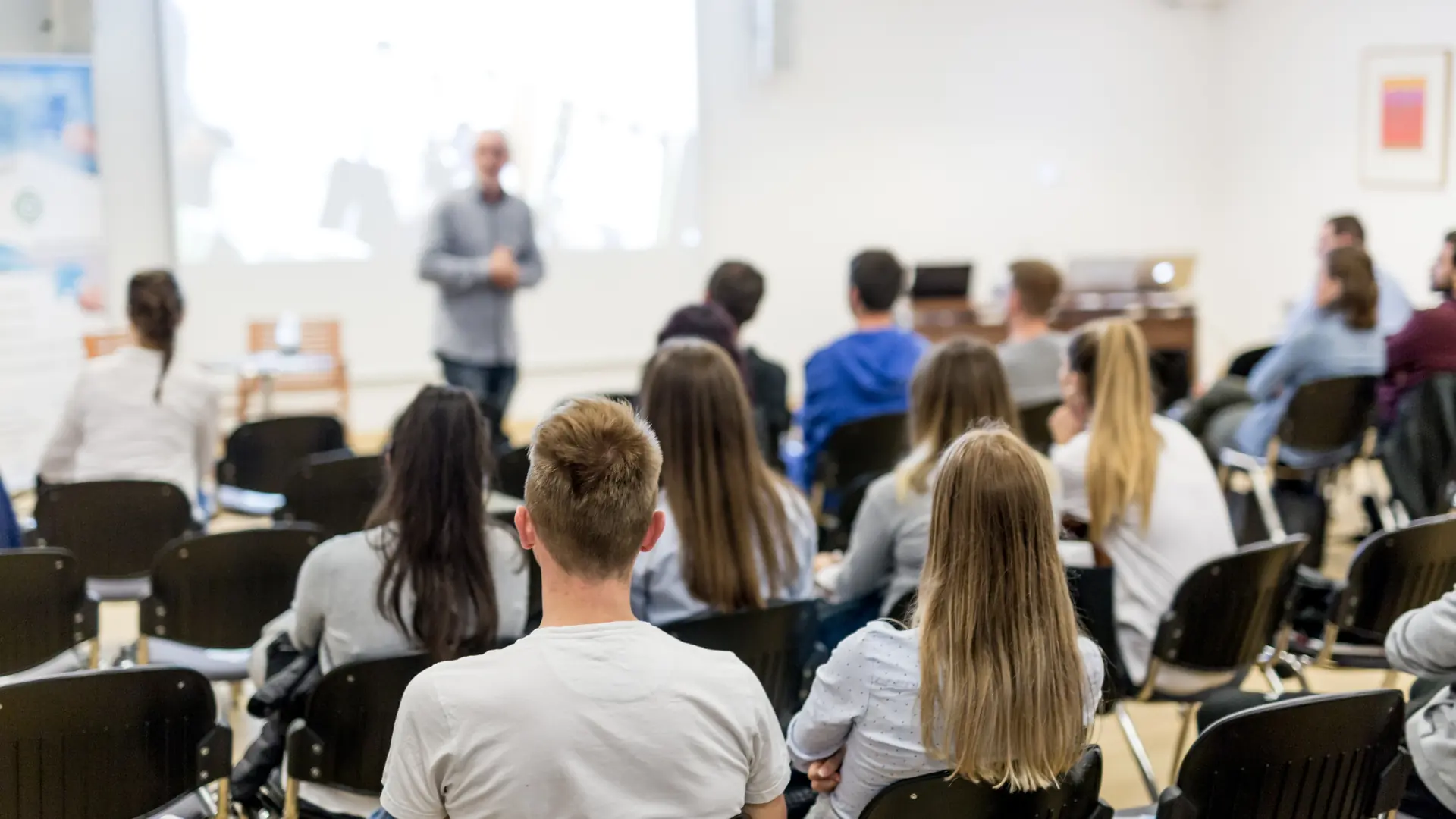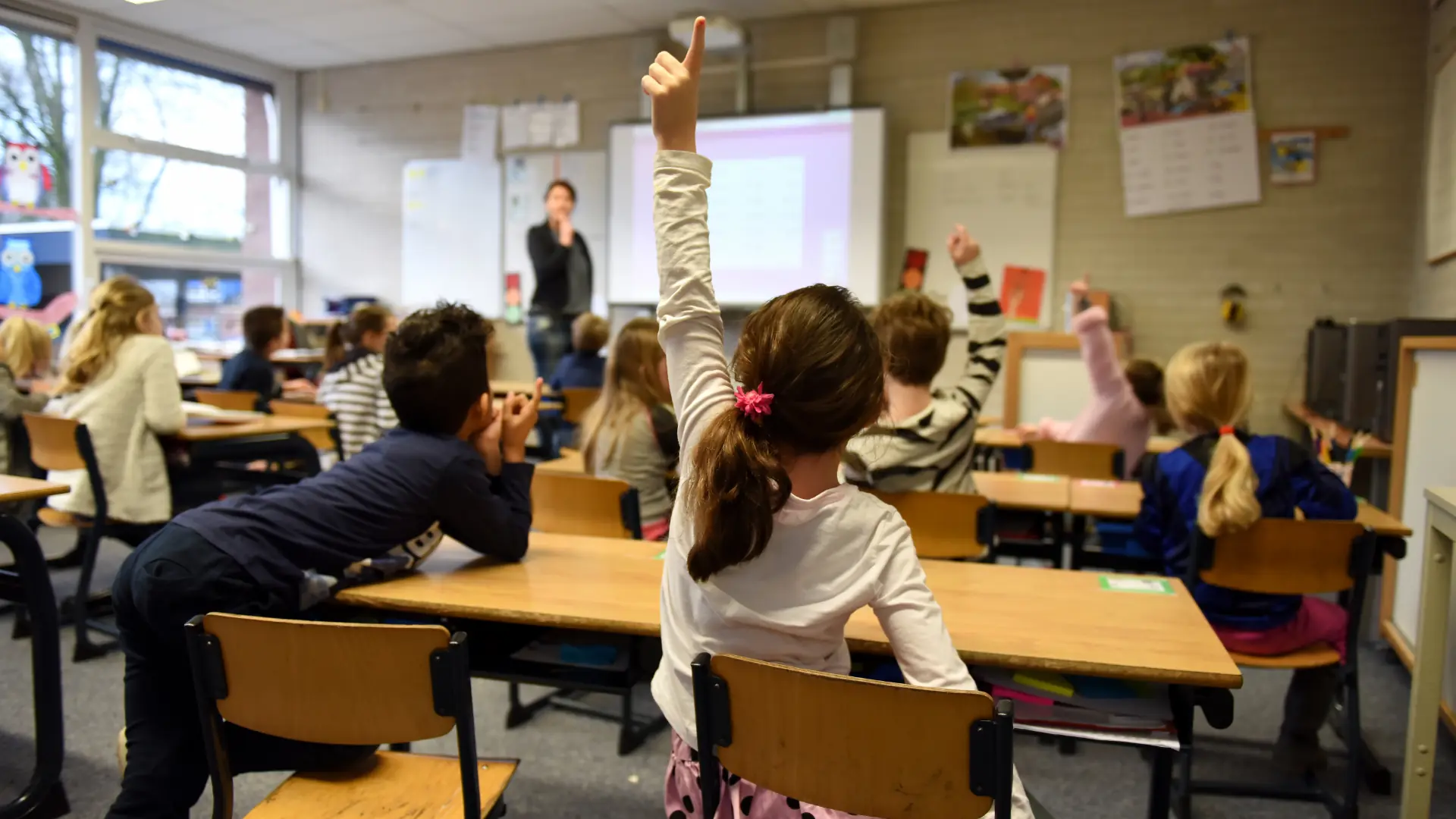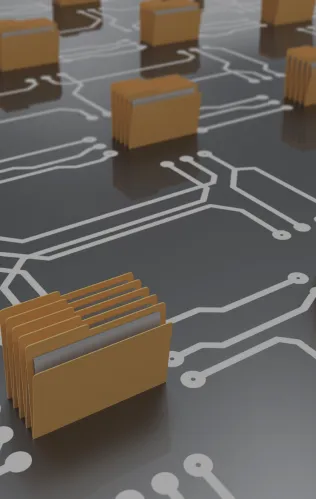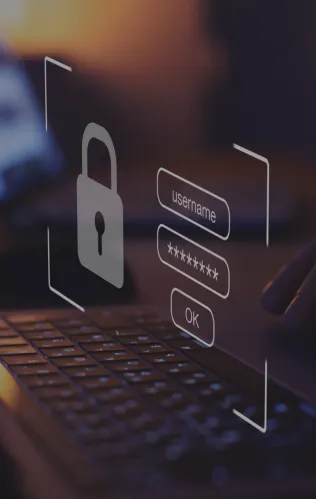Education technologies are becoming prevalent in the world of education. New ideas and technologies are developed every day with the goal of simplifying and improving the educational experience for all. Virtual Reality has been around for some time but never so advanced in its capabilities. But what is Virtual Reality? This technology is comprised of pieces of equipment e.g a Headset with a screen covering the person’s eyes and may still include specialized gloves, treadmill or other haptic equipment e.g motion controllers for movement. This equipment allows the user to experience a virtual prefabricated 3D world that can be a reproduction of an existing or imaginary world in which the user can virtually interact with his surroundings. Users of this technology gain both recreational and educational experiences. Virtual Reality can change the status quo in Education and Teaching.
Advantages of Virtual Reality technology
Virtual reality is a combination of technologies that are used to visualize and provide interaction with a realistic or imaginary environment. For example, a user can explore real places (realistic) through VR or even video games (imaginary interactive environments). There are no choice limitations in the virtual world. Realistic or imaginary, macroscopic or microscopic and as a result broadly applicable in many areas when it comes to education and training. What makes VR amazing and different from any other tool used in education technology is probably the fact that it allows multi-sensory interaction with the space that is visualized.
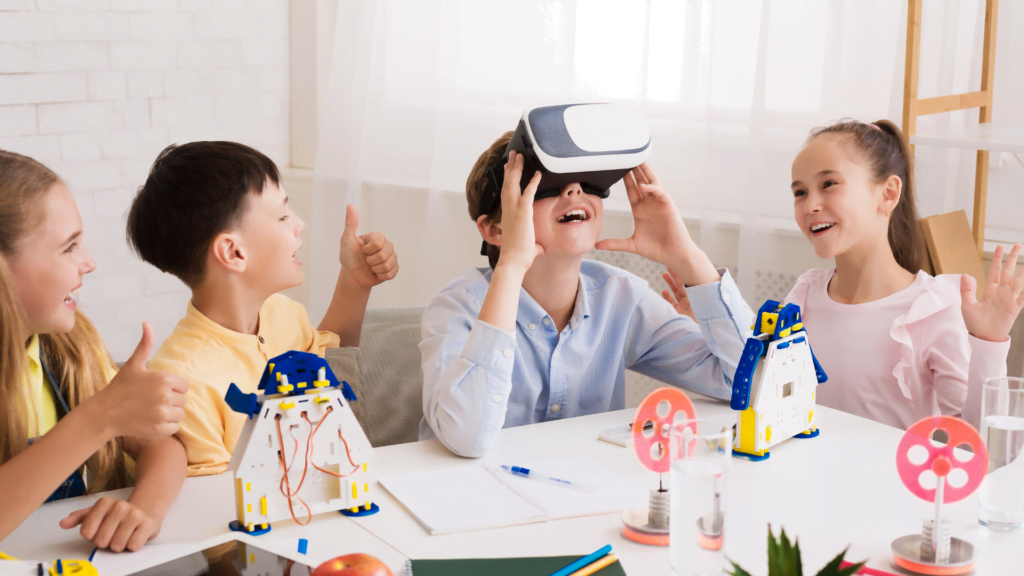
How Virtual Reality can be implemented in education?
Virtual Reality technology has been used as a tool for education in a variety of educational levels, from K-12 level to vocational training and military training. Virtual Reality has become a tool to help diversify the way a person can learn. Subjects that have been challenging to many people have become less so, due to the fact that through a more creative and engaging technology such as Virtual Reality people experience the subject live in front of their eyes. This is where virtual reality helps solve problems. Even the most abstract concepts, especially in STEM fields, can be easily comprehended if there is an observable example for the student to experience. It is certainly quite helpful if you can “walk into somebody else’s shoes”. This education model can easily work to society’s advantage.
The biggest advantages
There are quite a few advantages that the use of virtual reality offers when it comes to education. As we mentioned, this can be an incredible tool, particularly for science and medicine. But what are the advantages when it comes to teaching students via VR?
Travelling in space and time
Imagine if students could visit places in history such as Ancient Greece, the Roman Empire and experience through VR the rise and fall of Civilizations, Empires. The study of history can change from a tedious reading and teaching based class into an interactive, experiential teaching format that can engage students and make the course fun.
Professional orientation
Students would be able to experience how it would be to work in many different occupations. This can save students valuable time from choosing an occupation and they can actually make better choices for their future. Instead of making choices that may lead them to a pathway they, later on, will regret, students ca have a better chance of choosing a fulfilling carrier that will bring them not only success but happiness. With that being said, students would be able to actually experience the type of work environments of they choose to, such as hospitals, schools, ships etc.
Adopting many different experiences and points of views
Virtual reality is an asset in the classroom and will certainly give students experiences that they could not gain otherwise. Virtual reality offers experiences with no limits and at a reasonable cost; they will be able to travel to countries and experience many different cultures, experiences that people a few years ago only dreamed of. This will definitely help in expanding students minds and give them the ability to acquire their own point of view based on real experiences and not just assumptions and generalizations based on what they’ve heard from their social circle or the internet. This revolutionary tool could also possibly make students be kinder and more empathetic as these experiences can hopefully diminish a racist/stereotyping mindset and provide understanding instead.
Help students with learning difficulties
A large part of the population faces major learning difficulties. Many times, this leads to dropping out of school or not being able to perform at their best because the learning material is quite complex and is not presented in an appropriate way for them. Virtual reality can simplify the learning experience and give an alternative learning method that can be more effective and engaging.
The future of Virtual Reality in the classroom
To conclude, educational technology is constantly improving with revolutionary new ideas and methods to make learning easier. Virtual reality is one of them and probably one of the most useful. There are not many cons in virtual reality entering the educational world and our children’s classes. The only thing we should worry about is that the educational system is becoming quite stagnant in its approach to teaching. So, the challenge for educators and parents is to be open-minded and trust technology instead of traditional teaching methods. All in all, to go further we need innovation, and this is nothing but taking risks and getting out of our comfort zones. The acceptance of technology is significant for the evolution of society as well as a valuable tool we can use to face the problems of today. We can’t know exactly what the future has instore for education, but the future does look bright!
FAQ’s
The future of education is bright with Virtual Reality, as it continues to revolutionize teaching and learning methods, offering innovative solutions to engage students and improve learning outcomes.
Challenges of implementing Virtual Reality in education may include the cost of VR equipment, the need for teacher training, and ensuring equitable access to VR technology for all students.
Educational institutions can find resources and support for implementing Virtual Reality in education through professional development programs, educational technology conferences, and partnerships with VR technology providers.

